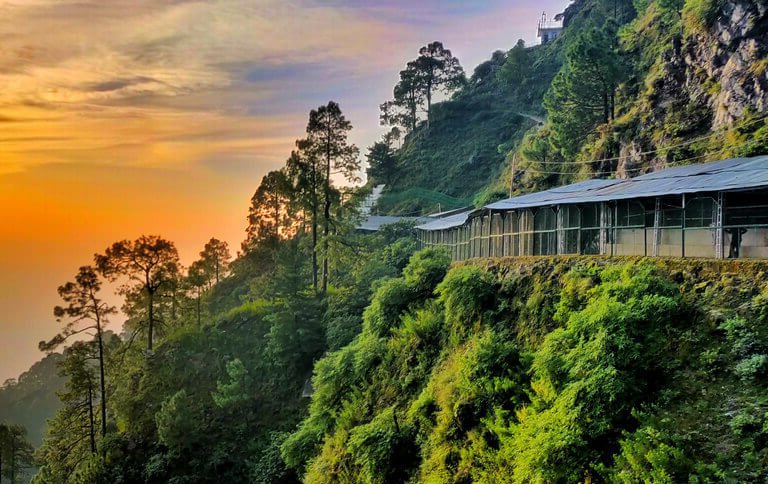History of Katra
Katra, a small town situated in the state of Jammu and Kashmir, India, holds a very important place in the history of India. The town has a rich cultural heritage and is considered to be one of the most sacred pilgrimage sites for Hindus.
The history of Katra dates back to the ancient days when the Pandavas of the Hindu epic Mahabharata had arrived here during their exile. It is believed that the Pandavas had built a temple dedicated to their mother, Maa Vaishno Devi, in the area. This temple was later redeveloped by Maharaja Gulab Singh and became an important pilgrimage site for Hindu devotees.
The town of Katra was founded in the mid-19th century by Maharaja Gulab Singh. He built the now famous Vaishno Devi temple in 1846 and dedicated it to Maa Vaishno Devi, the incarnation of the Hindu Goddess, Shakti. The temple was later renovated and expanded by Maharaja Ranbir Singh, who also built a 40-foot high archway at the main entrance of the temple and added several more shrines and mandirs within the temple complex.
Katra has since become one of the most visited pilgrimage sites in India, with millions of devotees visiting the temple every year. The town has become a major tourist destination in India and is home to some of the best cultural and religious sites in the country.
Katra also has a rich cultural heritage and is home to a number of ethnic groups, including Kashmiri Pandits, Jammu Muslims, Dogras, Gurjars and other communities. The town is home to a number of religious sites, including the famous Vaishno Devi Temple, the Bhairon Temple, the Ban Ganga Temple and the Mata Naina Devi Temple.
Katra is also known for its traditional cuisine and has a number of restaurants serving a variety of local dishes. The town also serves as a great shopping destination, with a number of popular bazaars, offering items ranging from souvenirs to traditional Kashmiri handicrafts.
The history of Katra and its role in the lives of Hindu devotees is something that will remain ingrained in the hearts of many. It is a place that has been a part of Indian culture for centuries and will continue to be a source of inspiration and spiritual guidance for generations to come.

Comment (0)